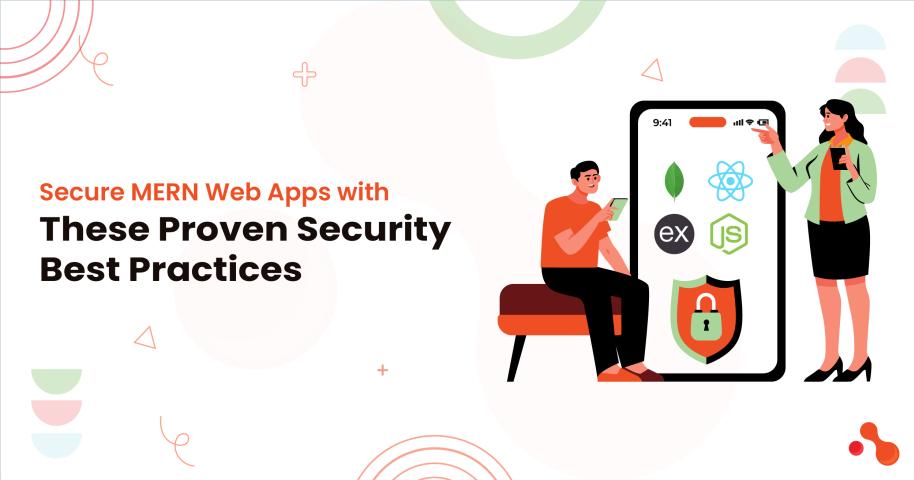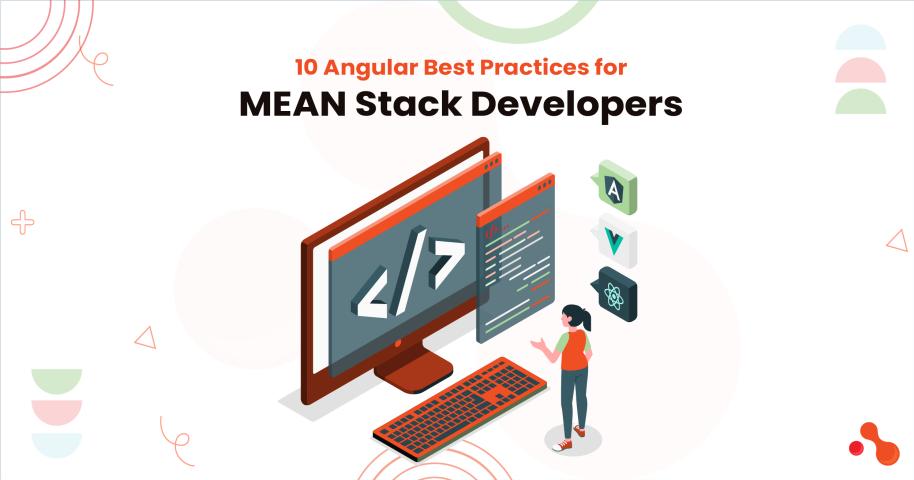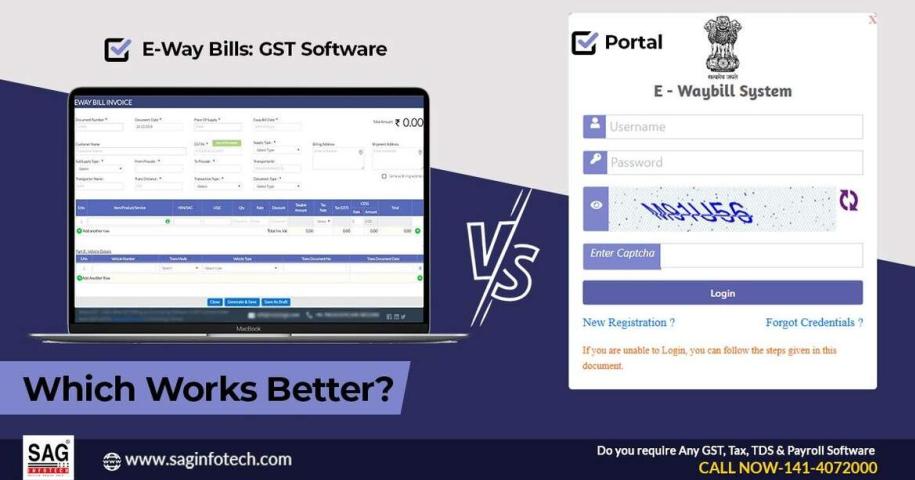Hiring top technical talent is one of the most critical—and challenging—tasks for any growing company. Whether you need a software engineer, data scientist, DevOps specialist, or AI developer, choosing the right hiring approach can make or break your team's success.
This guide breaks down:
✔ The most effective hiring methods (and when to use each)
✔ Pros and cons of different recruitment strategies
✔ Cost comparisons and time-to-hire estimates
✔ Key red flags to avoid when evaluating candidates
1. When to Hire In-House (Full-Time Employees)
Best For:
✅ Core product development
✅ Long-term projects requiring deep institutional knowledge
✅ Leadership roles (CTO, VP of Engineering)
Pros:
✔ Full alignment with company goals
✔ Better team cohesion and culture fit
✔ Greater control over work quality
Cons:
❌ Expensive (salary + benefits + equity)
❌ Long hiring process (often 2-6 months)
❌ Difficult to scale down if needs change
2. When to Use Staffing Agencies
Best For:
✅ Urgent hiring needs (fill roles in weeks, not months)
✅ Specialized skills (hire AI developers, blockchain, cybersecurity)
✅ Companies without dedicated HR/recruiting teams
Pros:
✔ Pre-vetted candidates (saves screening time)
✔ Flexible hiring models (contract, temp-to-perm, direct hire)
✔Faster placements (often within 2-4 weeks) through expert partners like Intellectyx
Cons:
❌ Higher upfront costs (15–30% of salary for direct hires)
❌ Variable quality (not all agencies deeply assess skills)
3. When to Hire Freelancers/Contractors
Best For:
✅ Short-term projects (MVP development, bug fixes)
✅ Specialized expertise (e.g., a 3-month machine learning project)
✅ Startups testing new ideas before full-time hires
Pros:
✔ Pay only for work delivered (no long-term commitment)
✔ Access global talent (often at lower rates)
✔ Quick to onboard (start within days)
Cons:
❌ Less accountability (freelancers may juggle multiple clients)
❌ Harder to integrate into company culture
❌ Risk of knowledge loss after project ends
4. When to Use Technical Recruiters (Headhunters)
Best For:
✅ Hard-to-fill senior roles (Staff/Principal Engineers)
✅ Confidential hiring (replacing a key employee discreetly)
✅ Companies lacking technical recruiting expertise
Pros:
✔ Target passive candidates (not actively job searching)
✔ Deep industry networks (especially for niche tech stacks)
✔ Handle negotiations & onboarding support
Cons:
❌ Very expensive (25–35% of first-year salary)
❌ Overpromising risk (some recruiters exaggerate candidate fit)
Hiring Strategy Cheat Sheet
- Scenario Best Hiring Method Time-to-Hire Relative Cost
- Urgent need for senior dev Staffing agency/recruiter 2-4 weeks $$$
- Building core product team Full-time hire 2-6 months $$$$
- Short-term coding project Freelancer 1-7 days $
- Niche skill (e.g., AI/ML) Agency + technical screens 3-6 weeks $$$
Red Flags to Watch When Hiring Tech Talent
🚩 Poor communication skills (especially for remote roles)
🚩 Vague about past projects (can't explain contributions)
🚩 No code samples or GitHub profile (for hands-on roles)
🚩 Job hoppers (multiple short stints without good reasons)
Final Recommendation
There’s no single "best" way to hire—it depends on your budget, timeline, and project needs.
For speed + expertise → Use a staffing agency or recruiter
For long-term growth → Hire full-time
For flexibility → Engage freelancers
Pro Tip: For critical roles, always conduct technical assessments (live coding tests or portfolio reviews) regardless of hiring method.















